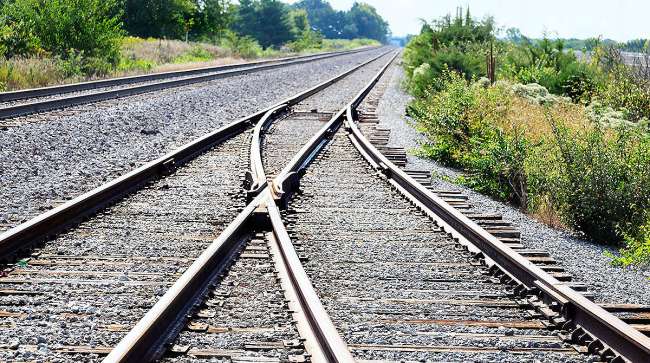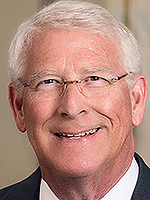Senior Reporter
Railroads on Track to Meet PTC Deadline, GAO Reports

[Stay on top of transportation news: Get TTNews in your inbox.]
A sense of optimism about the ability to fully implement automatic braking systems prior to a Dec. 31 deadline is shared by the country’s rail operators, according to a new report by the Government Accountability Office.
The federal watchdog on April 30 noted stakeholders had acknowledged that unforeseen matters, such as the coronavirus pandemic, could delay the technology’s implementation. However, Federal Railroad Administration officials and a railroad association representative emphasized “no railroads had yet indicated that COVID-19 effects would result in an inability to meet the extended deadline,” the GAO report stated.
The congressionally mandated end-of-the-year deadline for installing the technology known as positive train control (PTC) reflects a two-year extension of an initial deadline.
As explained in the report, “With less than a year left to complete PTC, FRA and most railroads have completed equipment installation and are now focused on the testing stages.” These stages include field testing, revenue service demonstration and interoperability testing.
“Over the past decade, we have made five recommendations to FRA to improve its oversight of railroads’ PTC implementation efforts. FRA has made several improvements that have enabled us to close all of these recommendations,” the report also said.
Ptc by Transport Topics on Scribd
According to FRA, PTC systems as of December 2019 were in advanced field testing or in operation on 96.3% of route miles subject to the mandate. Approximately 58,000 miles of track are subject to PTC access.
“The vast majority of railroads mandated to deploy and operate interoperable PTC systems have shown significant progress,” agency Administrator Ronald Batory said in February. “I applaud freight and passenger railroads for their direct and sustained engagement with one another, vendors, suppliers and FRA.”
Last year, Transportation Secretary Elaine Chao emphasized, “FRA has taken steps to ensure it has the necessary human resources to respond to your needs and turn critical documents around in a timely fashion.”
According to data from the Association of American Railroads released earlier this year, PTC was operational in the majority of Class I route miles. Class I freight railroads include BNSF Railway, Norfolk Southern combined railroad subsidiaries, CSX Transportation, Grand Trunk Corp., Kansas City Southern Railway, Soo Line Railroad and Union Pacific Railroad.
“America’s freight railroads will finish the job on PTC by the final December 2020 deadline,” Ian Jefferies, CEO of AAR, said in January. “PTC — coupled with other advanced technologies — drives down risk and fuels railroads’ next leap forward to ensure our people, infrastructure and equipment are safer than ever. Railroads are committed to an accident-free future, and fully implementing PTC continues our industry’s progress toward that ultimate target.”
Senior transportation policymakers on Capitol Hill have pushed for PTC implementation, touting the technology’s potential safety benefits. The committees of jurisdiction have met for oversight hearings.

Wicker
“Full PTC implementation requires, among other things, that railroads be interoperable or, in other words, they must be able to operate seamlessly across tracks owned by different railroads,” Senate Commerce Committee Chairman Roger Wicker (R-Miss.) said in 2019.
“Achieving interoperability requires coordination across the rail industry, including between the Federal Railroad Administration, host railroads, tenant railroads, vendors and suppliers, and other stakeholders. This undertaking is particularly complex in regions of this country where multiple railroads interact.”
The independent National Transportation Safety Board, with a role of investigating high-profile crashes, has included PTC in its “Most Wanted List” of priorities for policymakers.
NTSB noted, “PTC must be fully implemented before the extended deadline to ensure the safety of railroad passengers and the people who live and work near railroads.”
Want more news? Listen to today's daily briefing:

